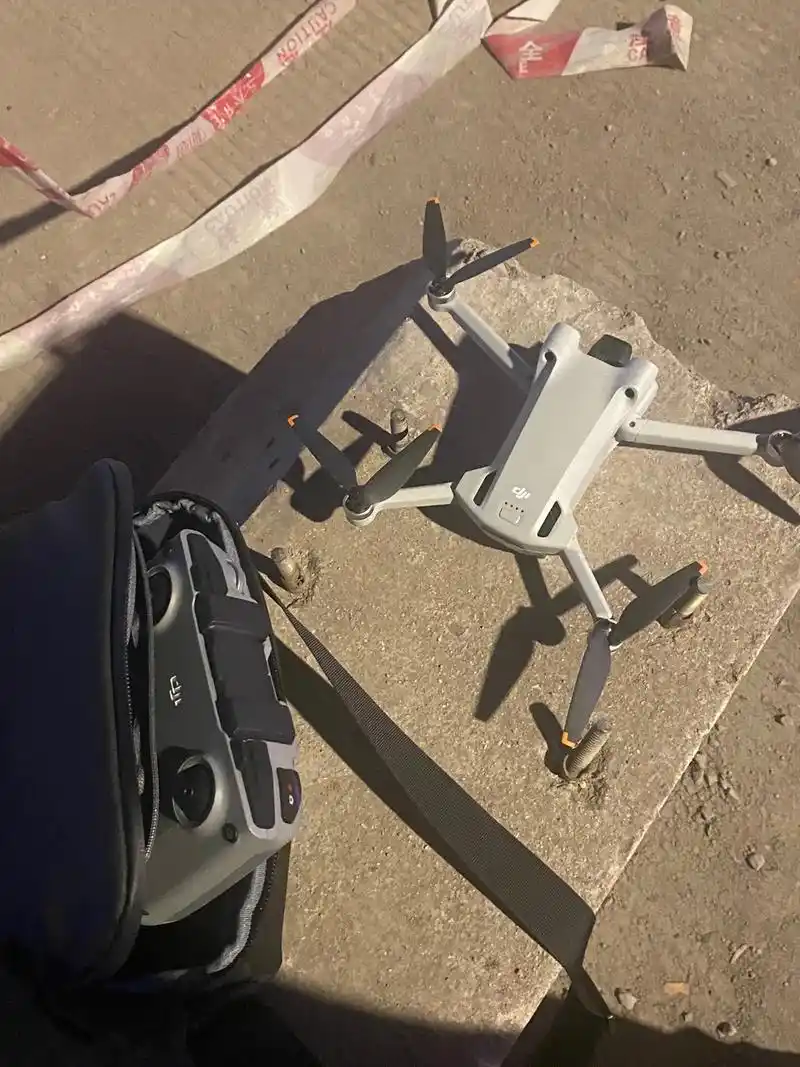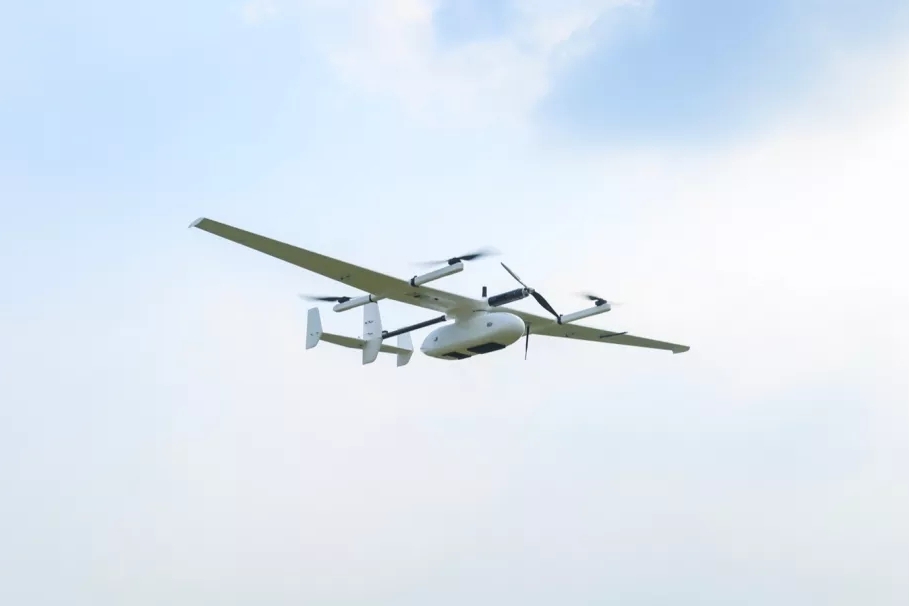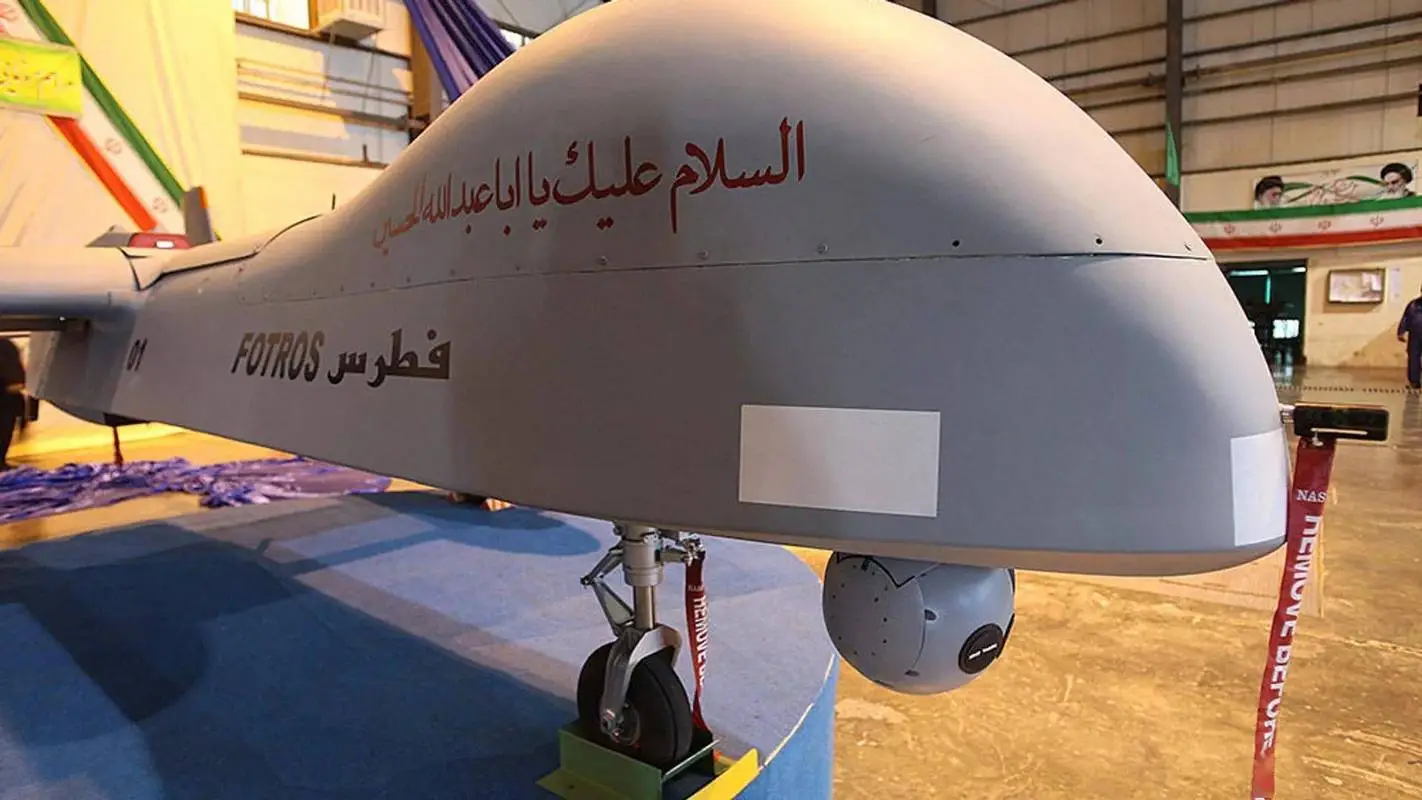
The exploration of the low altitude economy in the UK mainly includes passenger electric vertical takeoff and landing aircraft and drones, and project trials are being carried out in several regions through the formulation of relevant regulations.
01 Passenger electric vertical takeoff and landing aircraft
Passenger electric vertical takeoff and landing aircraft (eVTOL) is an emerging technology in the UK, which is like a helicopter, does not require a runway, but is safer and quieter than a helicopter. It has organic wings and smaller propellers, driven by electricity. The UK is currently providing it with the same certified safety standards as large aircraft.
Figure 2 Passenger electric vertical takeoff and landing aircraft (network diagram)
EVTOL has been widely praised internationally, and people are very interested in its ability to narrow service coverage and provide connectivity for hard to reach areas (places with congestion, lack of infrastructure, or potential physical barriers). At present, there are about 1400 international orders worth approximately 5.6 billion US dollars, with customers including Virgin Atlantic, American Airlines, Japan Airlines, and GOL Brazilian Airlines.
Some British scholars believe that it is only a matter of time before the UK produces enough eVTOLs and promotes them for commercial purposes such as passenger transport and industry. The industry will have a trend of parallel development. It is completely consistent with the development process of traditional aviation in the past 100 years. The public will soon see them deployed in low-risk and easily manageable areas. With the accumulation of confidence and experience, its application scope will become more extensive.
One of the advantages of eVTOL in terms of supply chain and production improvement is that their manufacturing is simpler than that of large aircraft or helicopters. In eVTOL's R&D supply chain, we collaborate with Rolls Royce to produce engines; Collaborate with Honeywell to develop avionics systems; Cooperate with Italian high-tech company Leonardo to produce aircraft bodies; Collaborate with GKN to produce wings. The logic behind it is twofold. Firstly, finding reliable technologies that have already been implemented provides greater assurance for eVTOL research and development; Secondly, cooperation will also help to increase production.
Figure 3 Passenger electric vertical takeoff and landing aircraft (network diagram)
Meanwhile, some scholars have pointed out that the future development of this industry will largely depend on the degree to which the public applies this technology, and the market will develop with the public's choices. From an economic perspective, the more passengers these planes carry and the farther they fly, the more economical they are. In the long run, making eVTOL travel a reliable, familiar, and comfortable choice for the public is an important goal for the development of the industry.
02 UK drone project
The UK Civil Aviation Authority has approved six pilot projects aimed at making beyond visual line of sight (BVLOS) drone flights and medical drone deliveries a reality.
The experiment will consider a specific type of airspace structure called a temporary reserve zone, which enables drones to operate safely in the same airspace as other aircraft. Prior to the introduction of this concept, drone operators typically had to apply for a temporary danger zone in order to fly within BVLOS, which would close a section of airspace and prevent most other users from entering. The following are the main shortlisted experimental projects:
——London Health Bridge: Pilot on-demand drone delivery service for high priority pathology samples between hospital laboratories. The ultimate goal of this service is to improve the sustainability of healthcare logistics in the UK.
——Cranfield Airport and Blueprint Project: Seeking coexistence of manned and unmanned aircraft in a safe and efficient operating environment.
——Drones - Cornwall Open Skies: Establishing a permanent operational environment in the airspace, allowing project end-users to benefit from domestic connectivity, thereby improving basic services such as healthcare, emergency response, and supply chain resilience.
——HexCam (UK drone training program): HexCam collaborates with local air navigation service providers to test the feasibility of long-range drone survey operations.
——Airport project: This project will enable drones to detect and avoid manned aircraft with electronic stealth technology.
——Snowdonia Aerospace Center Longyan Project: This project will seek necessary monitoring technologies, airspace management procedures, and flight operation procedures through a series of experiments to ensure the safe implementation of policies.




